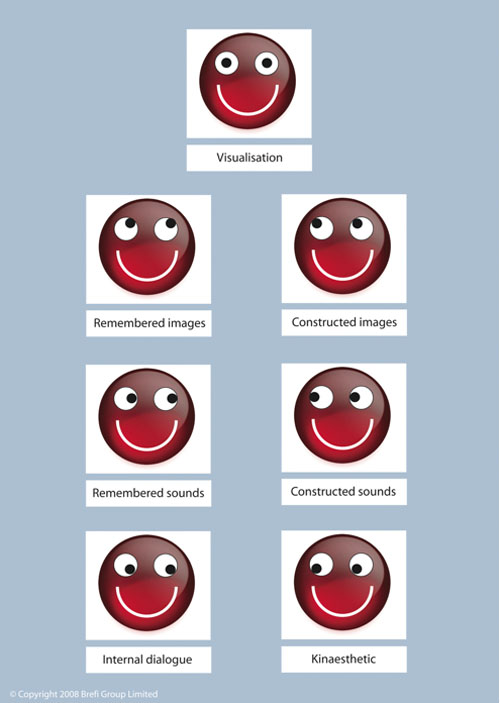Eye Accessing Cues
Eye Accessing Cues relate to the various eye movements in certain directions that indicate whether an individual has primarily visual, auditory or kinaesthetic thinking.
We move our eyes in different directions in a systematic way according to how we are thinking. For some people they are reversed. Ask someone to think of something in the past and you can calibrate.
NLP (Neurolinguistics Programming) teaches that people have different representational systems, even though we might leverage all three different categories, typically there’s one representational system that is our primary one. That’s the one we use most often when we’re thinking, recalling past events or communicating. Knowing your own representational system and others representational systems will allow you to communicate with them better.

The most useful application of this is to be able to manage the pace of a conversation. While somebody’s eyes are moving, they are thinking. When they stop, it is appropriate for you to speak.



